Alkyd varnish is a composition made on the basis of alkyd resins with the addition of fatty acids and vegetable oil. Resins are extracted from natural raw materials - wood or linseed oil. Most often, this type of varnish is covered with wood products.
- Advantages and disadvantages of alkyd varnishes
- Two-pack alkyd varnishes
- Alkyd-urethane varnishes
- Popular brands
- Features of applying varnish
- Tips for choosing a varnish
- Yacht varnish
- Alkyd composition for metal
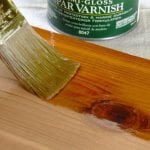
Advantages and disadvantages of alkyd varnishes
Alkyd varnishes and paints are used for processing the following types of surfaces:
- end parquet (alkyds do not glue the ends together, as a result of which stresses can be avoided);
- parquet floors with underfloor heating;
- floors of the "floating" type;
- parquet made of particularly delicate wood species that are sensitive to the environment.
The advantages of alkyds also include the following qualities:
- Resistance to temperature changes, as well as to changes in humidity. In this regard, alkyd varnishes are unrivaled.
- High resistance to vibration loads.
- Lack of adhesive properties. As a result, floors covered with such a composition are not prone to creaking.
- Good decorativeness (unlike drying oil). The varnish penetrates deep into the porous structure of wood and allows you to emphasize the natural beauty of the material.
- After hardening, the coating becomes glossy or matte.
- Simplicity of work with paints and varnishes. The composition is quite thick, spreads optimally. After application, a smooth film forms on the surface.
- Acceptable indicators of resistance to mechanical stress (including breakdown nature), as well as to the negative effects of chemicals.
- Resistant to mold and mildew.
Alkyd varnishes and flaws are not without:
- Alkyd varnishes dry for a long time (from 24 hours or more). It should be noted that some manufacturers use hardeners, which allow the varnish to harden faster.
- The second problem arises from the first: alkides emit an unpleasant odor until the surface dries. To reduce the odor, keep the windows wide open all the time the surface dries.
- Alkyd compounds tend to wrinkle if too much paint is applied to the surface. To avoid this effect, the amount of varnish per square meter should not exceed 120 grams.
- Alkyd paints and varnishes do not differ in high wear resistance. In addition, the lifetime of the surface is unlikely to exceed 2-3 years.
Two-pack alkyd varnishes
Two-pack formulations include two components - alkyds and hardener (otherwise called desiccant). Before varnishing the surface, the paintwork material is mixed with the hardener in the proportion specified by the manufacturer. Further, the varnish can be applied to the surface in 2-3 layers.
Note! After mixing, the shelf life of the composition is limited to eight hours.
Two-pack compositions are distinguished by increased operational characteristics, exceeding conventional varnishes in almost all respects. However, such paints and varnishes also have disadvantages, which include:
- Strong smell;
- probability of bubbling;
- instability to ultraviolet radiation;
- increased toxicity.
Alkyd-urethane varnishes
Recently, an alkyd-urethane mixture, where alkyds interact with polyurethanes, has gained particular popularity. Alkyd-based compounds are modified with a special component, toluene diisocyanate. After this, the alkyd resin gains an additional molecular weight. This allows you to change the drying mechanism: first, the solvent evaporates, and then solidification occurs due to the effect on the coating of oxygen.
Unlike pure alkyd varnishes, alkyd-urethane compounds dry faster. They are more resistant to moisture, temperature extremes and mechanical stress (especially friction). The life of surfaces coated with an alkyd-urethane mixture is significantly increased. Therefore, despite the higher cost of these paints and varnishes, their use is more than justified.
About half the volume of alkyd-urethane varnishes is an organic solvent. This makes such material unsafe from a fire and toxicological point of view (in this case, the advantage of acrylic aqueous compounds is obvious). Thus, the use of alkyd-urethane paints requires compliance with increased safety requirements.
It is also worth noting another nuance associated with varnishing of alkyd-urethane mixtures. If you do not wait for the required time required to dry the applied layer, then when applying the varnish, such defects will arise that can be eliminated only with a grinder.
to contents ↑Popular brands
PF-231 alkyd varnish belongs to one of the first series of parquet varnishes of Russian production. The composition is easy to apply, and the film looks neat and provides decent protective characteristics. However, the main drawback of the PF-231 is very significant: the coating does not differ in long service life and must be replaced after 2-3 years.
MCH-0163 is a two-component agent that includes alkyds, urea-formaldehyde resin, and an acid hardener. Compared to PF-231, this mixture is more competitive: it resists moisture more reliably, and better perceives mechanical loads. The disadvantage of МЧ-0163 should be considered instability to ultraviolet radiation, insufficient elasticity of the film coating, a rather pungent odor, the possibility of bubbling on the surface during its varnishing.
EP-2146 refers to one-component compositions with good performance properties. As a modifier, epoxy is used here. EP-2146 has decent indicators of hardness, resistance to moisture and the effects of abrasives. EP-2146 is used for varnishing of parquet, veneer, fiberboard, chipboard, plywood.
to contents ↑Features of applying varnish
The substance is applied in 2-3 layers. Each new layer can be applied only after the final drying of the previous one. Drying time - from 24 to 48 hours. The approximate consumption of the material is from 50 to 75 grams per square meter.
Note! Excessive amounts of varnish not only extend the time to dry the surface, but also make the coating not strong enough.
White spirit is used as a solvent. Once the alkyd composition is applied, evaporation of the solvent begins. After the white spirit has evaporated, surface polymerization occurs. The polymerization is carried out due to the reaction, at the beginning of which the molecules are close to each other. When the solvent disappears, the oxygen molecules are combined with the varnish and fixed between the molecules of alkyds. Due to interaction with oxygen, an increase in their size occurs.
At first, the varnish film in its consistency is similar to glue. Curing begins no earlier than 12 hours, provided that the air temperature is 18-20 degrees above zero, and humidity exceeds 50%.
to contents ↑Note! The thickness of the lacquer coating is gradually reduced, since the evaporation of the solvent.
Tips for choosing a varnish
When choosing a paint and varnish material, it is recommended to adhere to a number of criteria, the fulfillment of which in the future will allow to obtain high-quality coating:
- First of all, you need to understand how intense the mechanical loads on the floors will be. If the effects are small (up to 2-3 people are constantly in the room), water-based varnish will be preferable.
- For varnishing the floor in the kitchen or in the corridor, a composition with pigments is best suited. This varnish will protect the surface from dirt and dust. Also, an anhydrous polyurethane mixture is suitable for the kitchen floor, since it is well absorbed by the coating and does not need special care.
- If you need to varnish the floor in a room where there is a high load on the floor (office, catering, etc.), then the best choice will be mixtures with water-repellent properties.
Yacht varnish
For processing wooden yachts, a special (yacht) varnish. Also, such a composition can be used in other places, the operation of which occurs in conditions of high humidity. However, it is worth noting that yacht paints and varnishes are not intended for indoor use.
The fact is that manufacturers, striving to achieve the basic qualities of yacht varnish - durability and resistance to moisture, use strong toxins for this. These are toxic components such as xylene and toluene. Therefore, to avoid poisoning, do not cover parquet or furniture with such varnish - this is dangerous.
to contents ↑Alkyd composition for metal
Alkyd varnish for metal surfaces is a mixture of alkyds and polymers. The components of the mixture give the metal a beautiful lacquered sheen. You can apply this varnish with a brush, roller or spray can.
The advantages of alkyd varnishes for metal include the following characteristics:
- coating strength;
- resistance to aggressive chemical environments (alkali, acid, household chemicals, alcohols);
- moisture resistance;
- thermal stability;
- resistance to wear and other mechanical stress;
- excellent adhesive qualities (ability to adhere different types of materials);
- the possibility of use, both indoors and for decoration of the exterior of the building.
Qualitatively lacquer the surface is possible only under the condition of a multilayer coating, which involves filling and priming the surface. Also, one should not forget that applying any materials is permissible only on a clean, degreased surface. To achieve the best results, experts recommend using finishing materials from the same manufacturer.

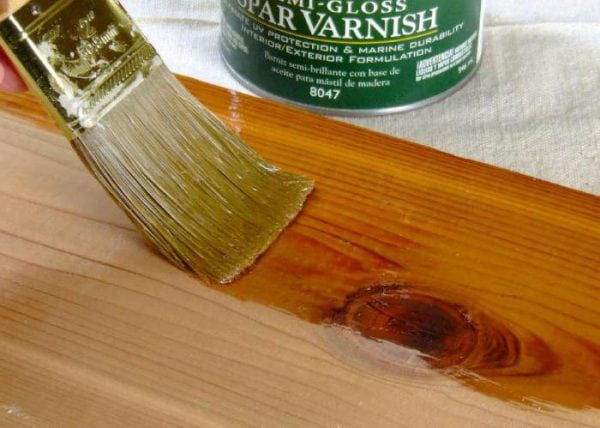
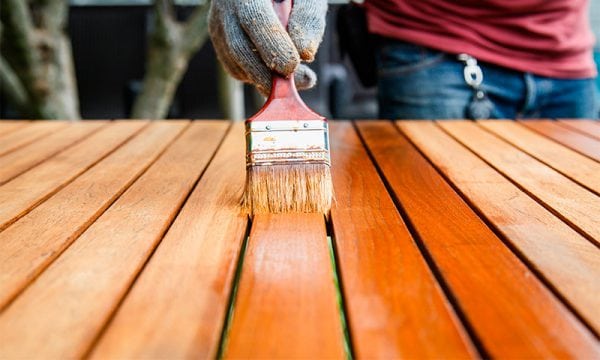
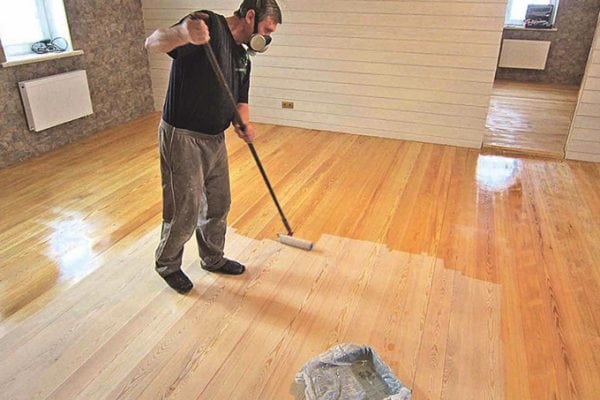
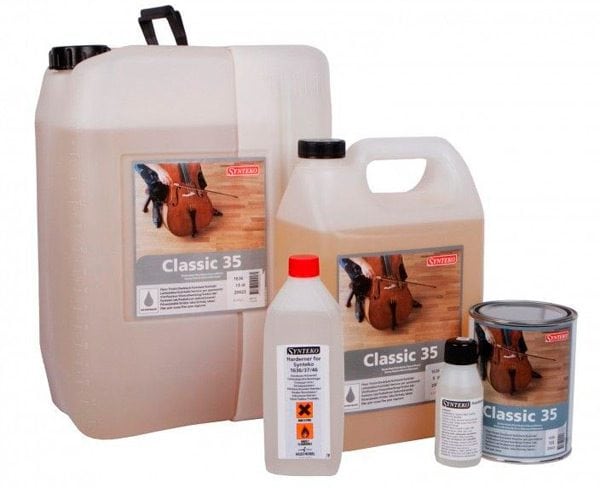
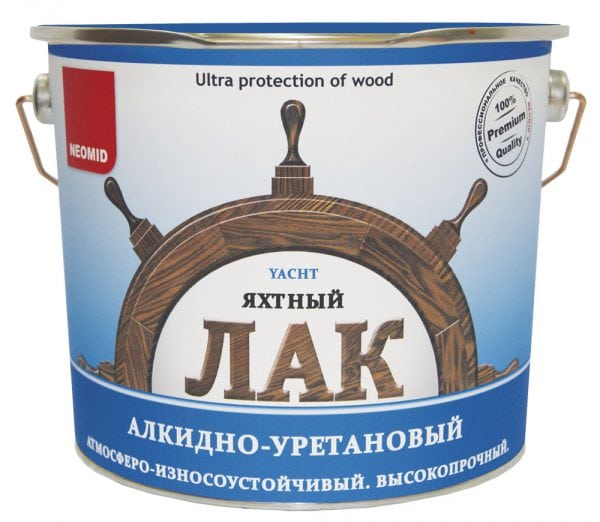
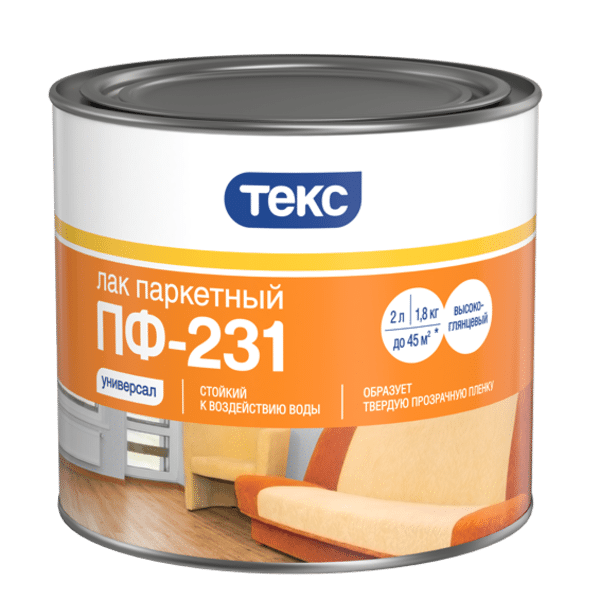
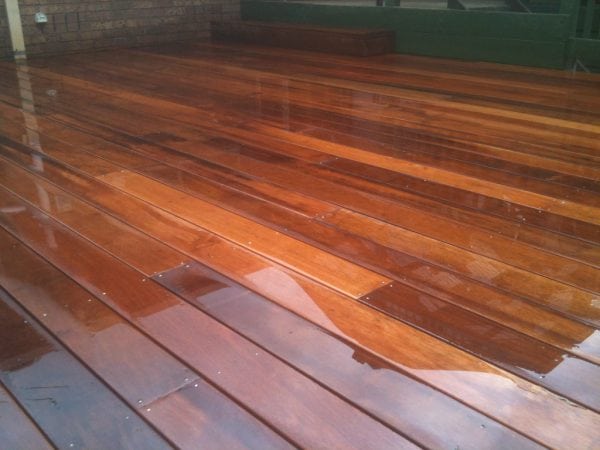
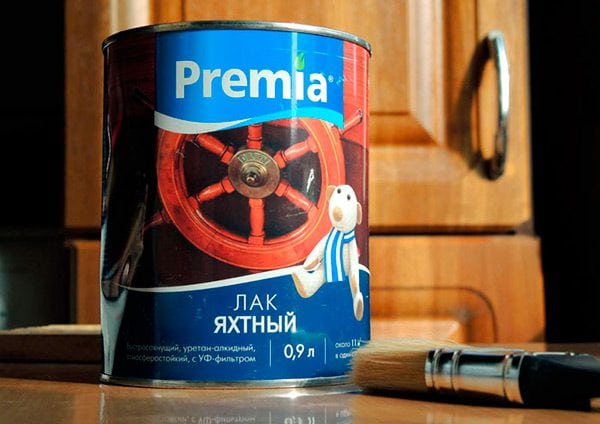




Good afternoon! I am looking for varnish for painting in the temple made with oil and alkyd paints, a very strong degree of smoke from candles and lamps. Acrylic varnishes are not suitable, tested by experience, what can you advise?
Nail polish is required for wooden floors in the gym (1200 m2). The wooden covering is new and painted. We were not satisfied with the quality of the paint.